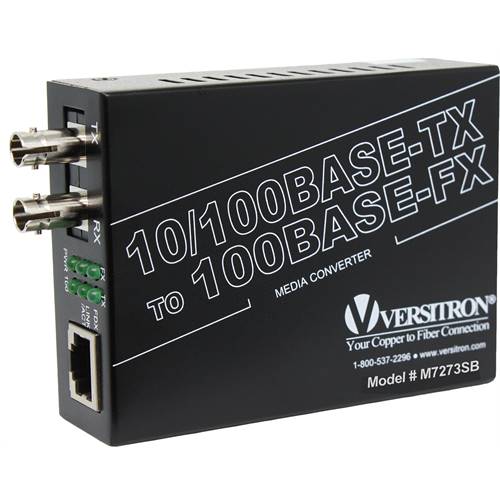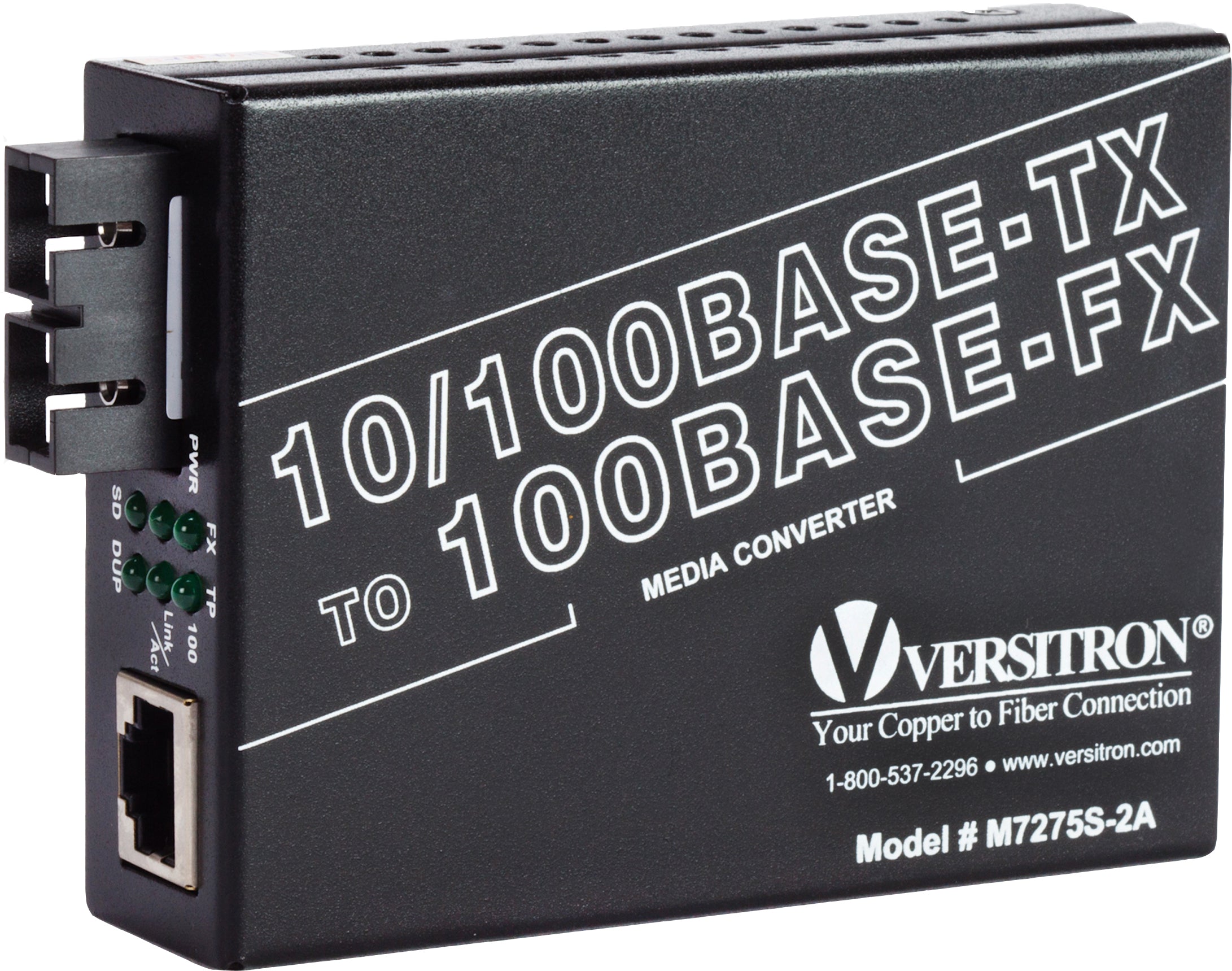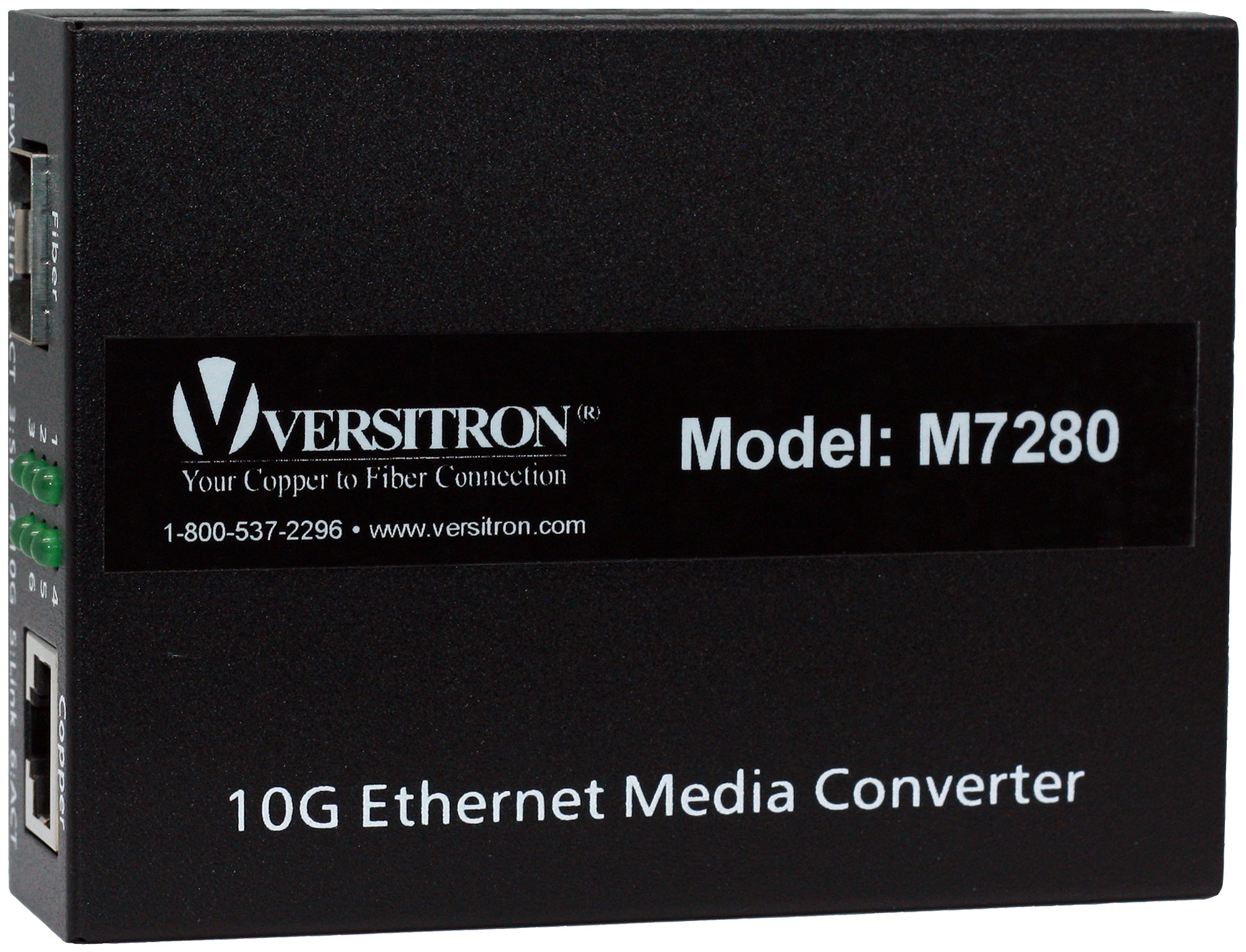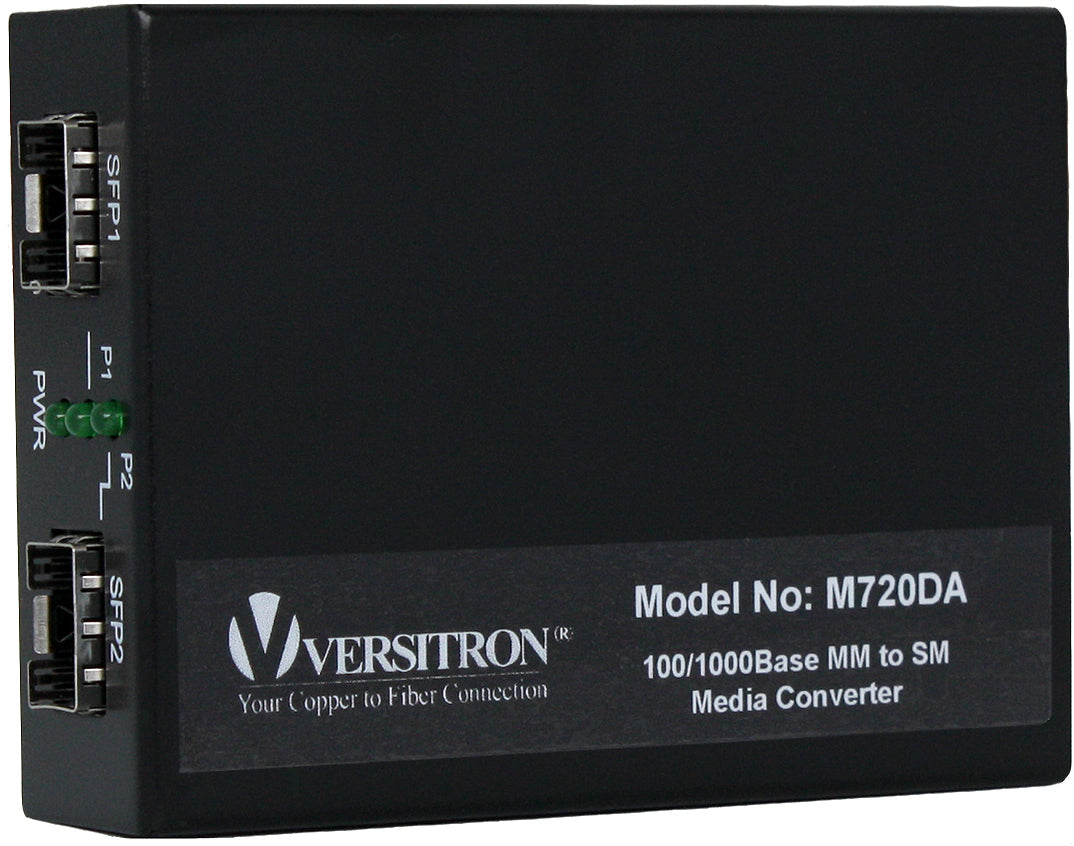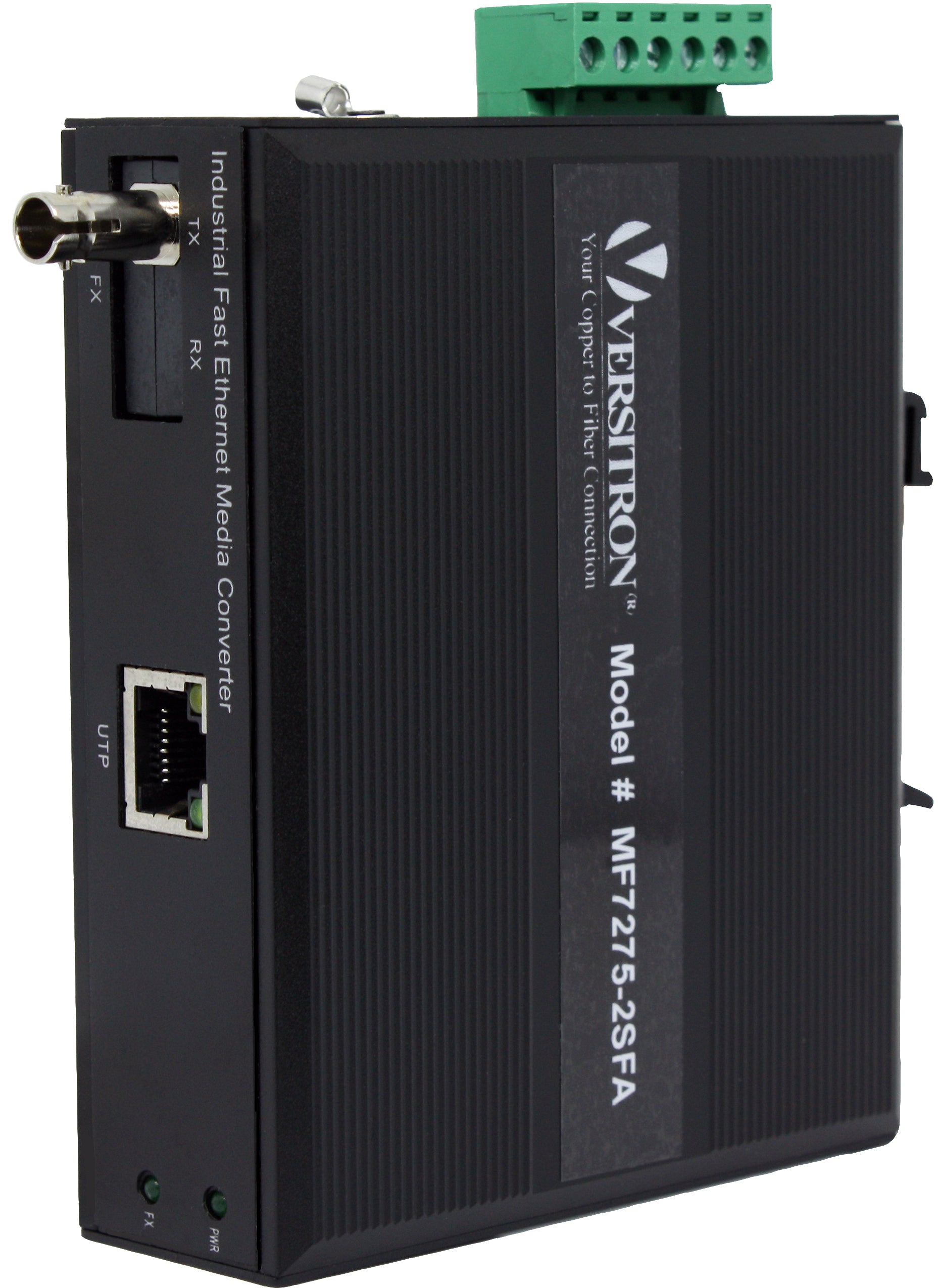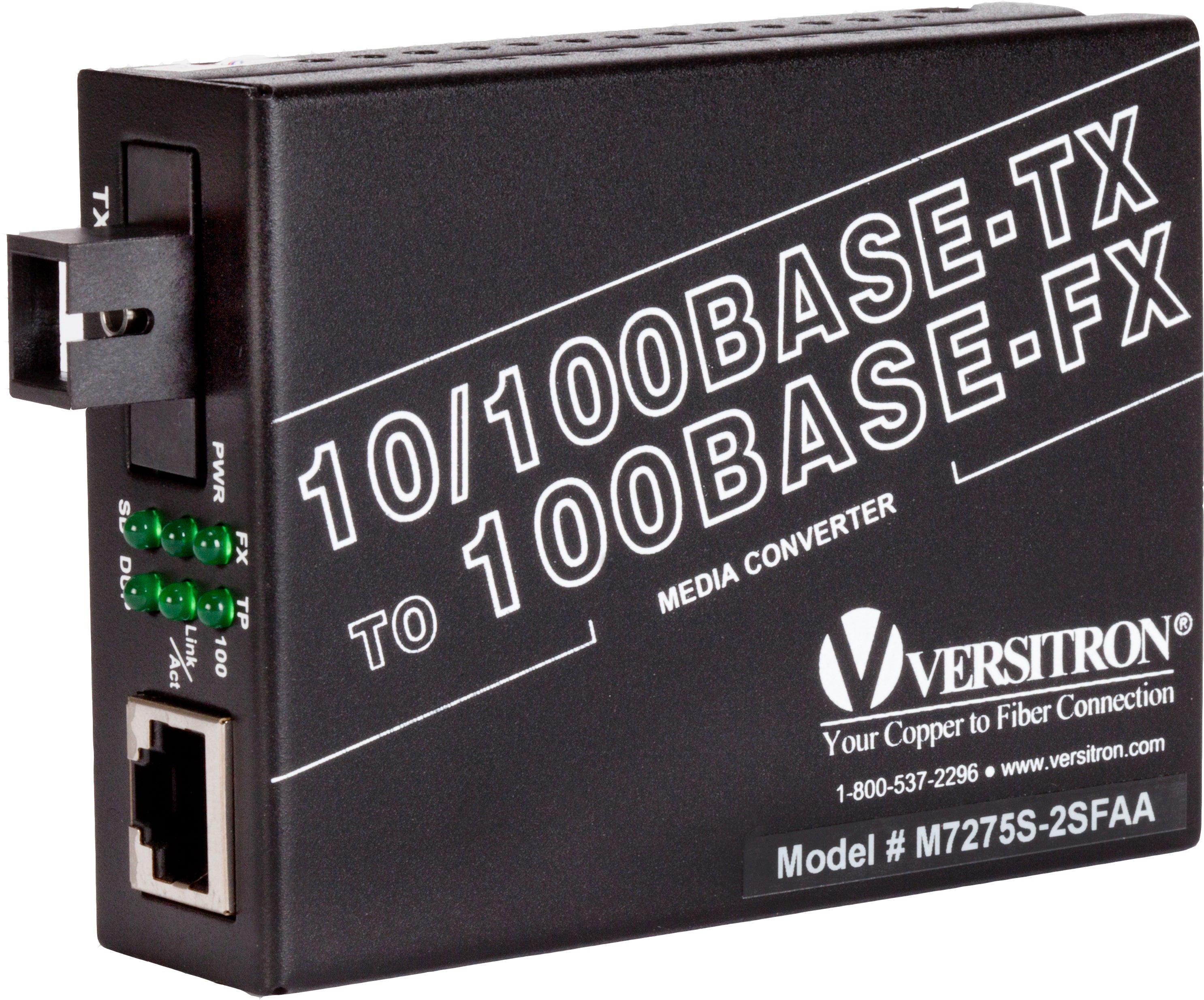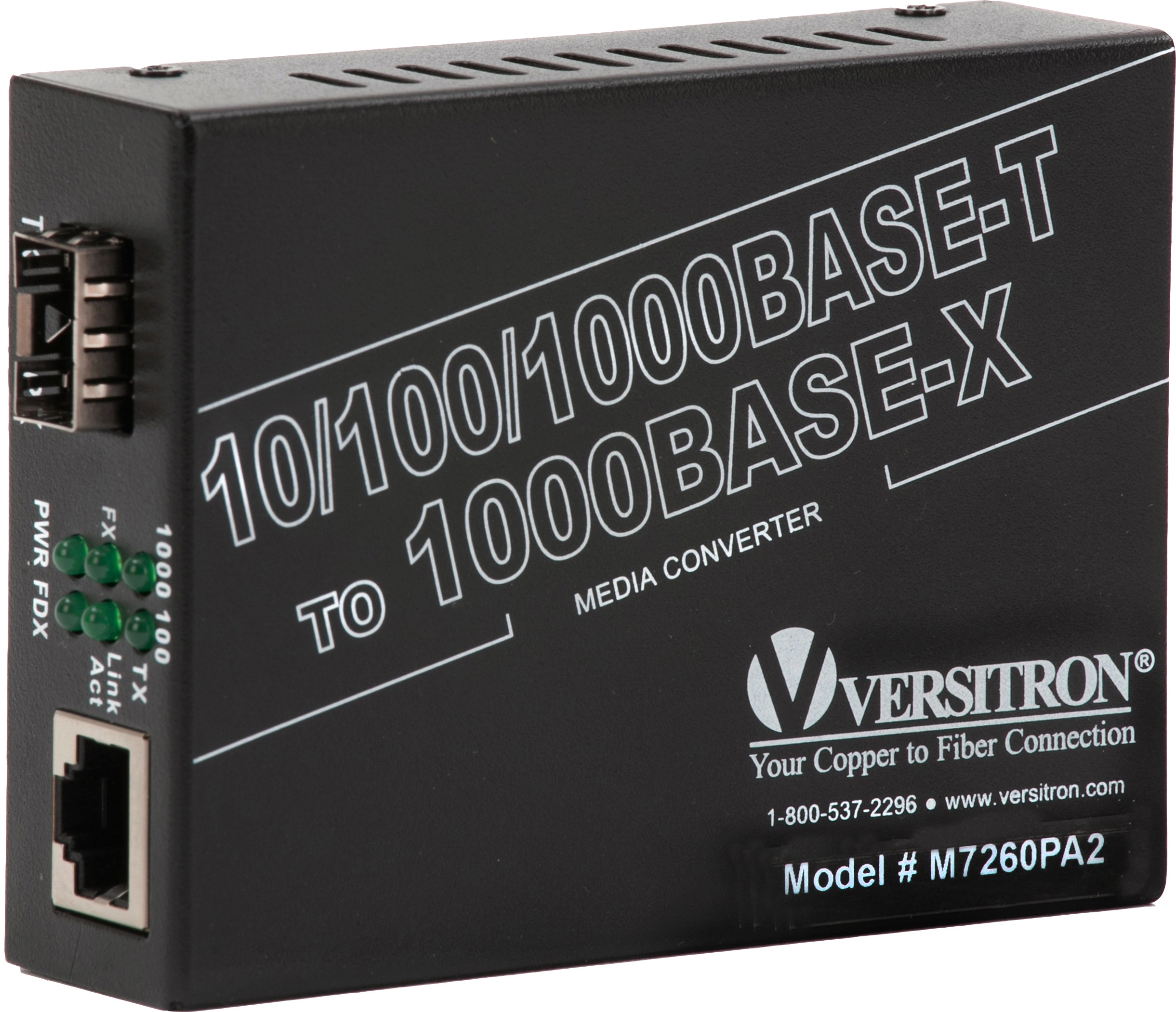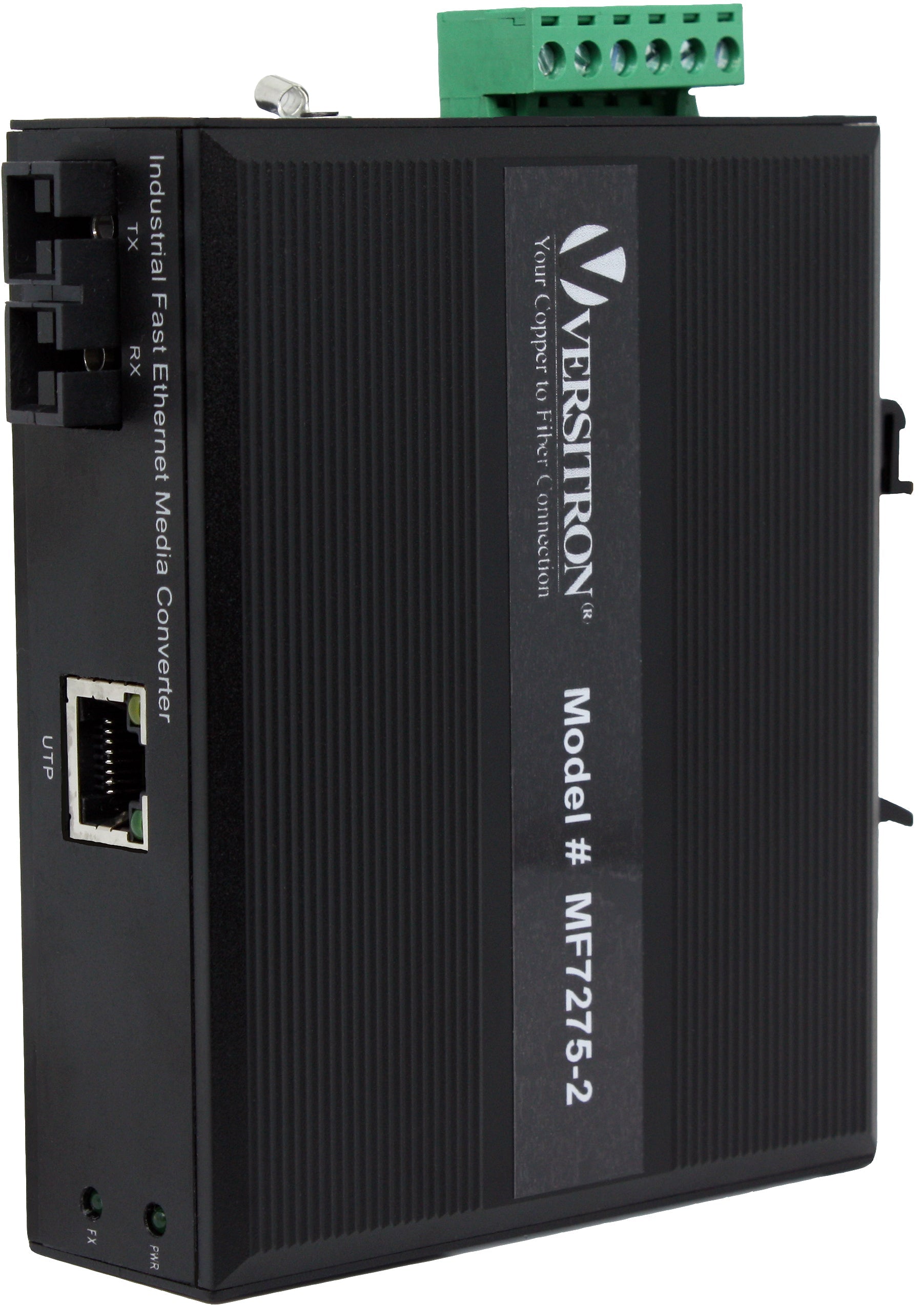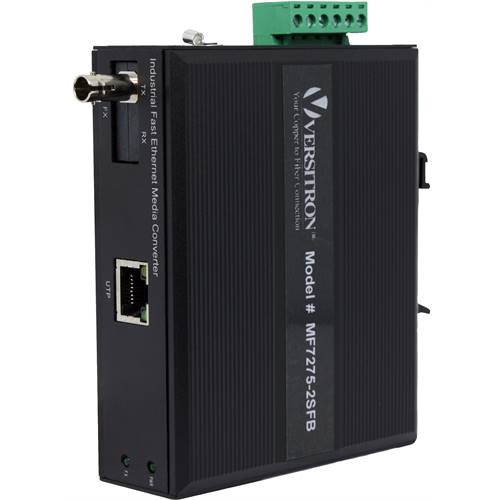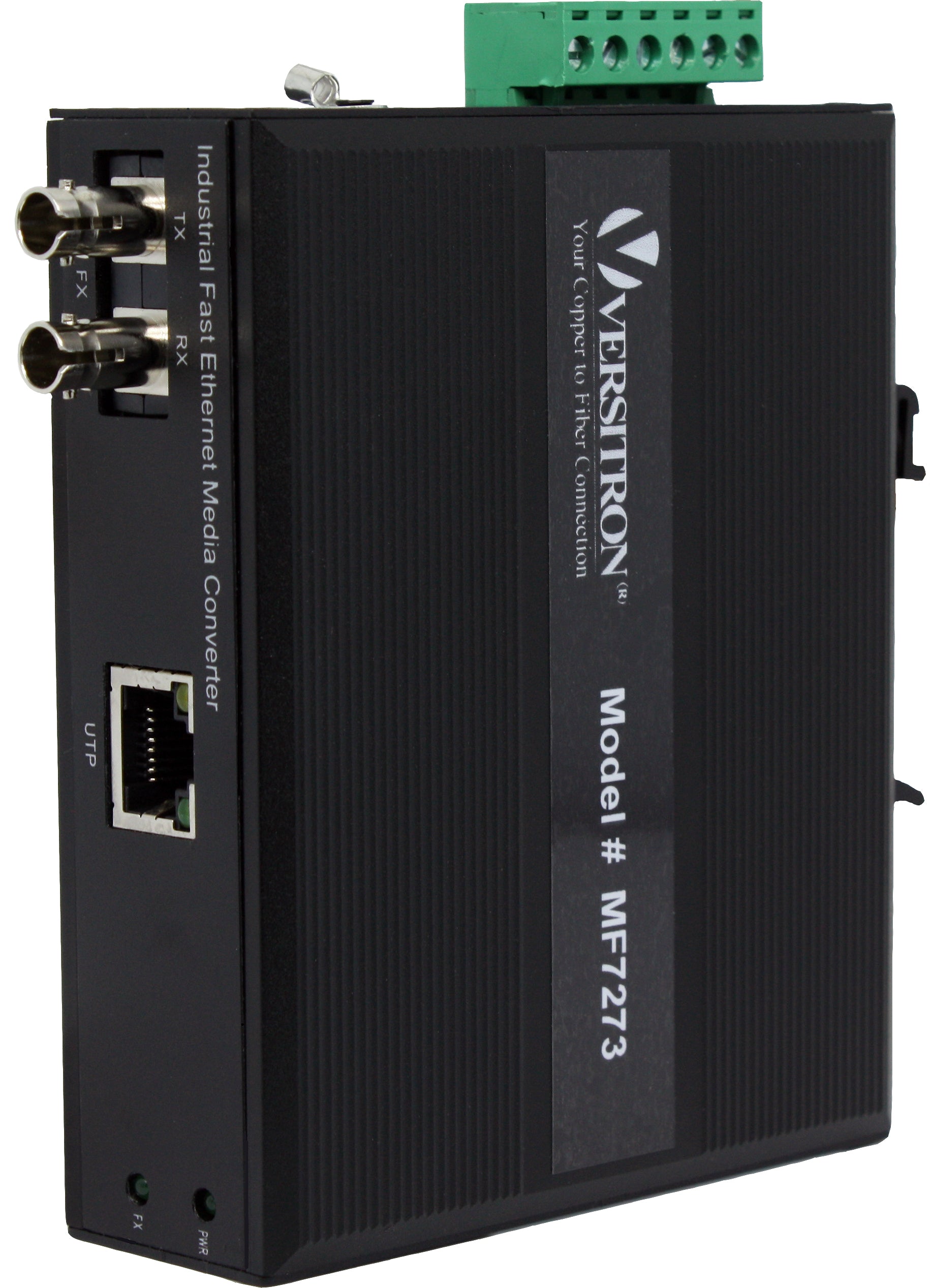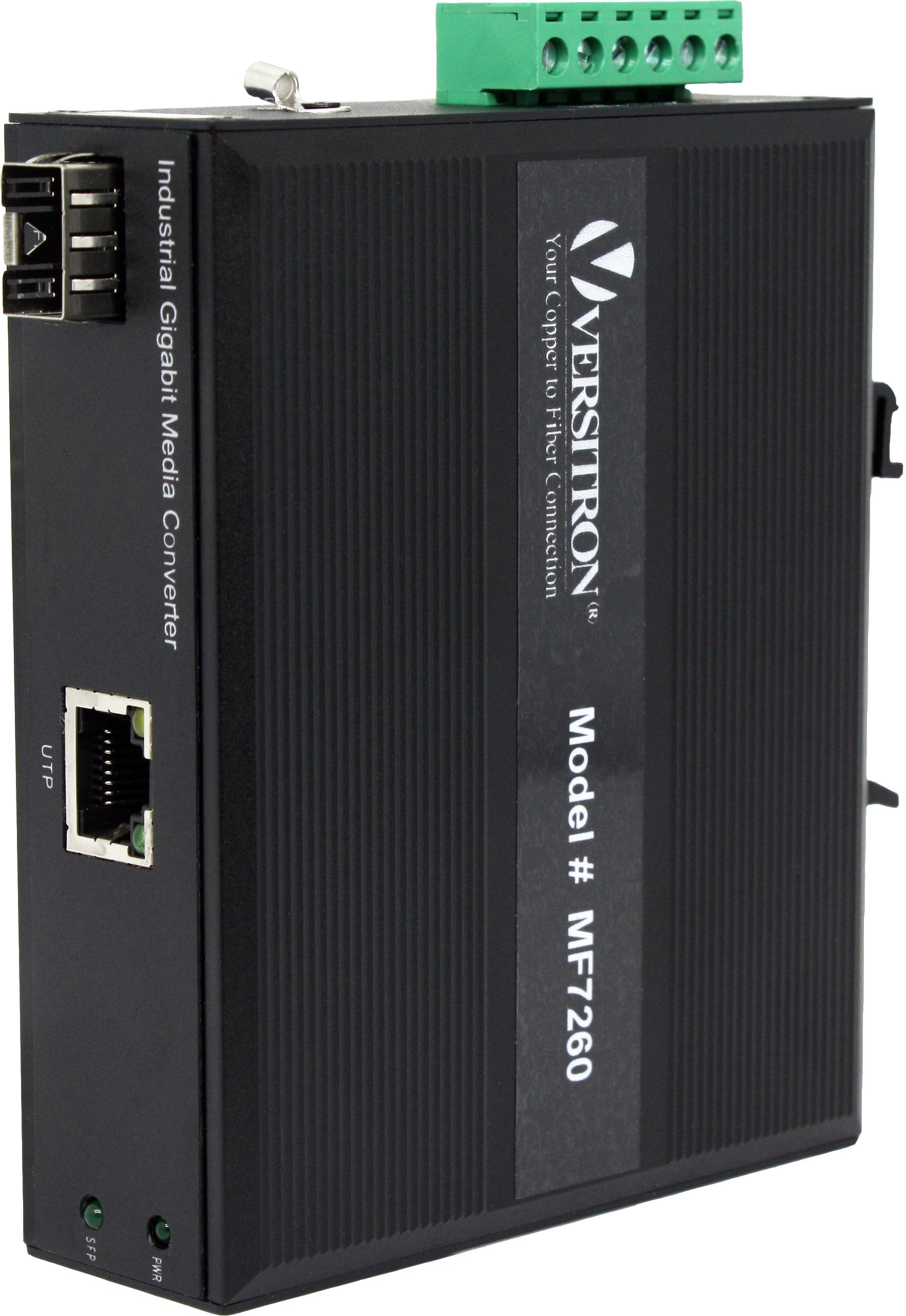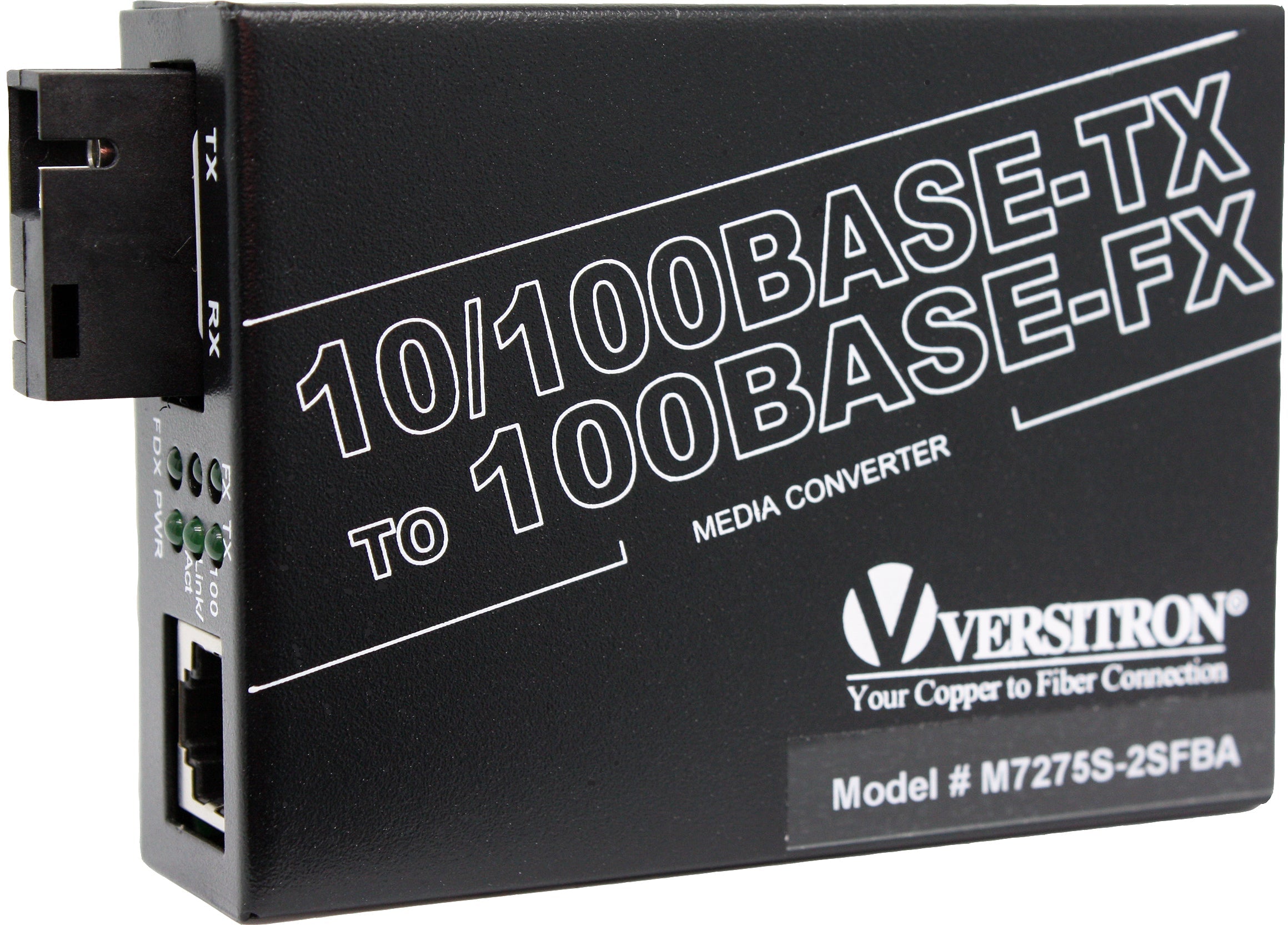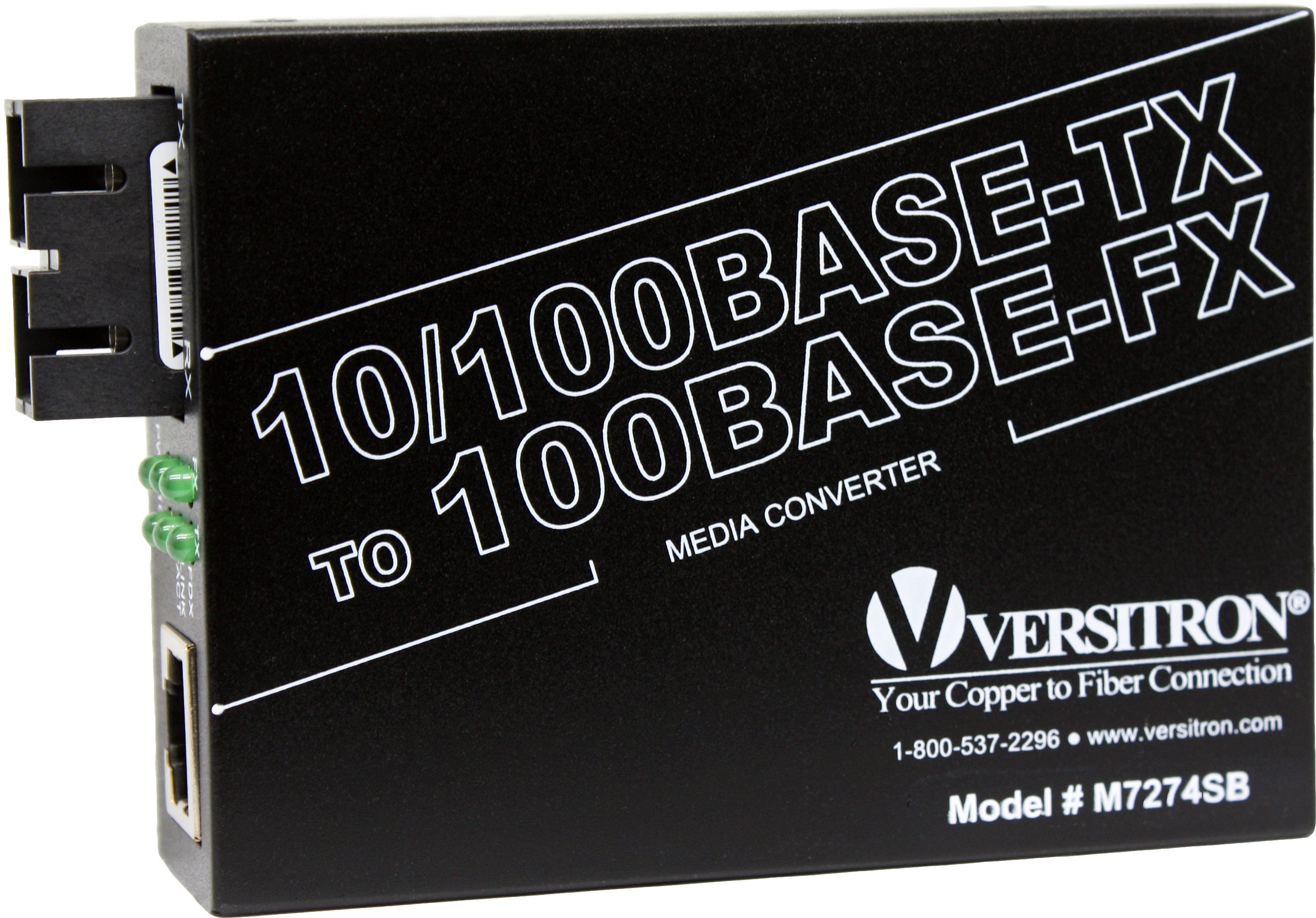The digital technology revolution has enriched our acoustic and viewing experiences. Today, you can find a variety of choices when it comes to audio-visual devices and their connections. Optical, coaxial, and HDMI are the popular choice of cables when it comes to connecting a DVD player, TV, soundbar, video game console, or a set-top box. Each of these connectors possess typical features, and often people get confused about their selection. This post aims to simplify the selection by discussing these cable technologies in detail and their contribution to brilliant acoustic experiences.

Gain a Basic Understanding on HDMI, Optical and Coaxial Cables
These connectors share some similarities, however, they are not equally created. The following pointers will help you understand it better.
-
Digital Coaxial Cables:
They are one of the most common choices for making digital audio connections. Coaxial cables look similar to a traditional RCA connector, which is often chosen for its durability and rugged construction. Generally, thicker than regular RCA cables, digital coaxial cables are made of shielded single copper wires, which are similar to the ones that you use to connect your television sets to the cable box. These cables theoretically assure superior sounds and great bandwidth. Digital coaxial cables only transmit audio signals. -
Optical Cables:
These cables are made of optical fibers, thus the name. The audio signals are usually transferred through these fibers. The audio signals are converted to optical signals before it reaches the receiver. At the receiver end, the signal is again converted to an electrical signal. -
HDMI Cables:
Coaxial and optical cables have been around for a while, however, HDMI cables were introduced in 2002. These cables facilitate the easy transmission of digital audio and video signals through one cable. The design of these cables largely differ from optical and coaxial cables discussed above.
Comparisons between Optical, Digital Coaxial and HDMI Audio Connections
Although each of these audio connections have typical features and have been widely used for making sound connections, they differ in terms of designs and results. The following pointers will help you understand them in depth.
-
Construction:
Coaxial cables and HDMI cables feature copper wires. HDMI cables comprise four shielded twisted pairs of copper wires. Against this, optical cables are made of optical fibers. The optical fibers may be made of materials like glass, silica, and plastic. Optical cables are enveloped with a dark sheath that helps prevent interference of other light sources. -
Audio:
The optical digital signals can transmit DTS and Dolby Digital sounds, whereas digital coaxial cables offer 5:1 channel surround sound. HDMI audio connections are designed to support high-quality sound formats such as DTS-HD Master Audio, Dolby TrueHD, Dolby Atmos and DTS:X. -
Video:
Digital coaxial and optical cables do not support video transmission, and this is where HDMI cables make a difference. These cable can support both formats. HDMI cables are slightly expensive than the other two variants. If you are trying to cut down on connector investment by choosing coaxial or optical cables, perhaps, you may end up buying second type of cables for video transmissions. In this case, the total cost of these two different types of cables will be more than a single HDMI cable. -
Bandwidth:
The optical cable can support bandwidth up to 96 kHz and coaxial cables have slightly higher bandwidth than that, as they can support high-quality audio formats up to 192 kHz. HDMI cables have evolved over the years and they support high bandwidths. HDMI 2.1 cables introduced in 2018 theoretically offer the bandwidth of 48 Gbps.
Comparison Summary: Optical vs. Digital Coaxial vs. HDMI Cable
|
Parameter |
Optical Cable |
Coaxial Cable |
HDMI Cable |
|
Construction |
Made of optical fibers (glass, silica, plastic) |
Copper wires |
Four shielded twisted pairs of copper wires |
|
Audio |
Transmits DTS, Dolby Digital |
Offers 5:1 channel surround sound |
Supports DTS-HD Master Audio, Dolby TrueHD, Dolby Atmos, DTS:X |
|
Video |
Does not support video transmission |
Does not support video transmission |
Supports video transmission |
|
Cost |
Relatively affordable |
Relatively affordable |
Slightly expensive |
|
Bandwidth |
Up to 96 kHz |
Up to 192 kHz |
HDMI 2.1: up to 48 Gbps |
Coaxial, Optical, and HDMI Audio Connections: Benefits and Challenges Analyzed
Although the limitations of each of these cables must be much clear by now, the following pointers will help you understand it better.
-
Coaxial Cables:
Coaxial cables support high bandwidth than optical cables and possess sturdy construction. High bandwidth means brilliant acoustic experience, but users can rarely differentiate between sound qualities of the two cables. Also, coaxial cables do not support high quality loseless audio formats, and are vulnerable to possible electromagnetic and radio frequency interference. -
Optical Cables:
These cables assure a clear acoustic experience as they are made of optical fibers, which are known for their resistance to electromagnetic and radio frequency interference. The main downside is that optical cables cannot carry many high quality loseless audio formats. They can be easily detached and possess less sturdy construction than coaxial cables. -
HDMI Cables:
HDMI cable is best for sound quality because it allow high digital audio bitrates than optical and coaxial cables.These cables transmit multi-channel audio formats such as DTS:X and Dolby Atmos. The HDMI audio connection cables can also support current and new video formats such as Ultra HD 4K resolution, as well as HDR formats.
Coaxial, digital coaxial, and HDMI cables are nowadays available in different configurations and you can choose the ones that meet our application requirements. The demand for HDMI cables is increasing owing to different advantages that it offers. Many businesses using traditional cables are using HDMI to fiber converters for improving the quality of signal transmission. There are several brands that offer these converters and VERSITRON stands tall among them. The company specializes in the design and manufacturing of copper to fiber converters, ethernet media converters, and so on.
Related Products Table:
FAQs
The main types of audio cables for connecting devices include Optical, Coaxial, and HDMI cables. These cables play a crucial role in enhancing acoustic and viewing experiences for devices such as DVD players, TVs, soundbars, and video game consoles.
While Coaxial and Optical cables primarily transmit audio signals, HDMI cables stand out by supporting both audio and video transmission. HDMI cables are slightly more expensive but provide a comprehensive solution for both audio and video needs.
Optical Cables can transmit DTS and Dolby Digital sounds but may not support many high-quality lossless audio formats due to their design.
HDMI Cables allow higher digital audio bitrates than Optical and Coaxial cables, providing better sound quality. They also support current and new video formats, including Ultra HD 4K resolution and HDR formats.
Yes, Coaxial Cables support high bandwidth, providing a brilliant acoustic experience. However, they may be vulnerable to interference.



